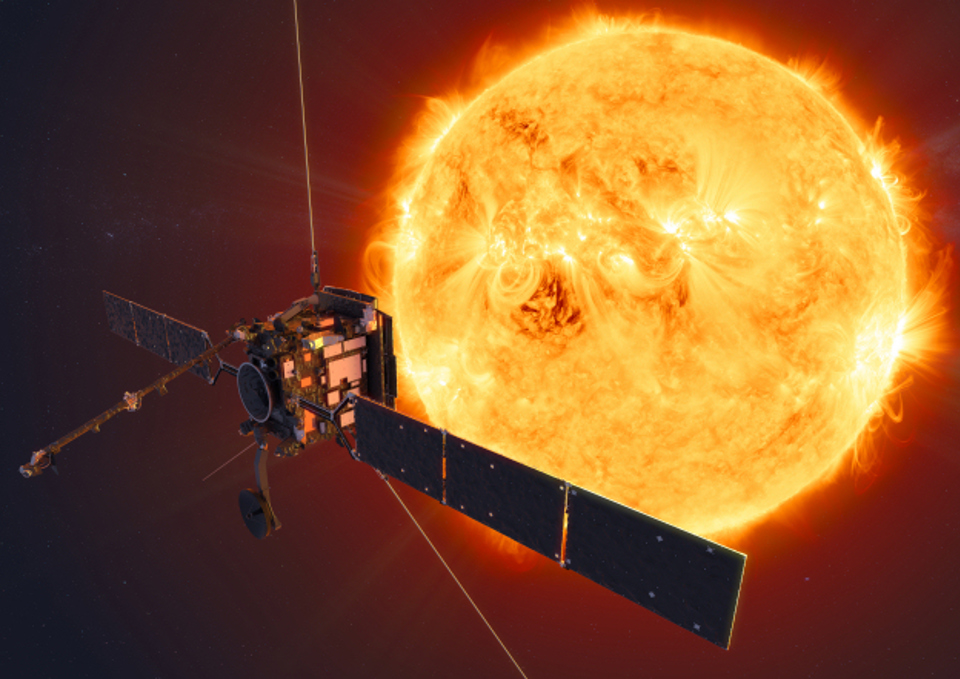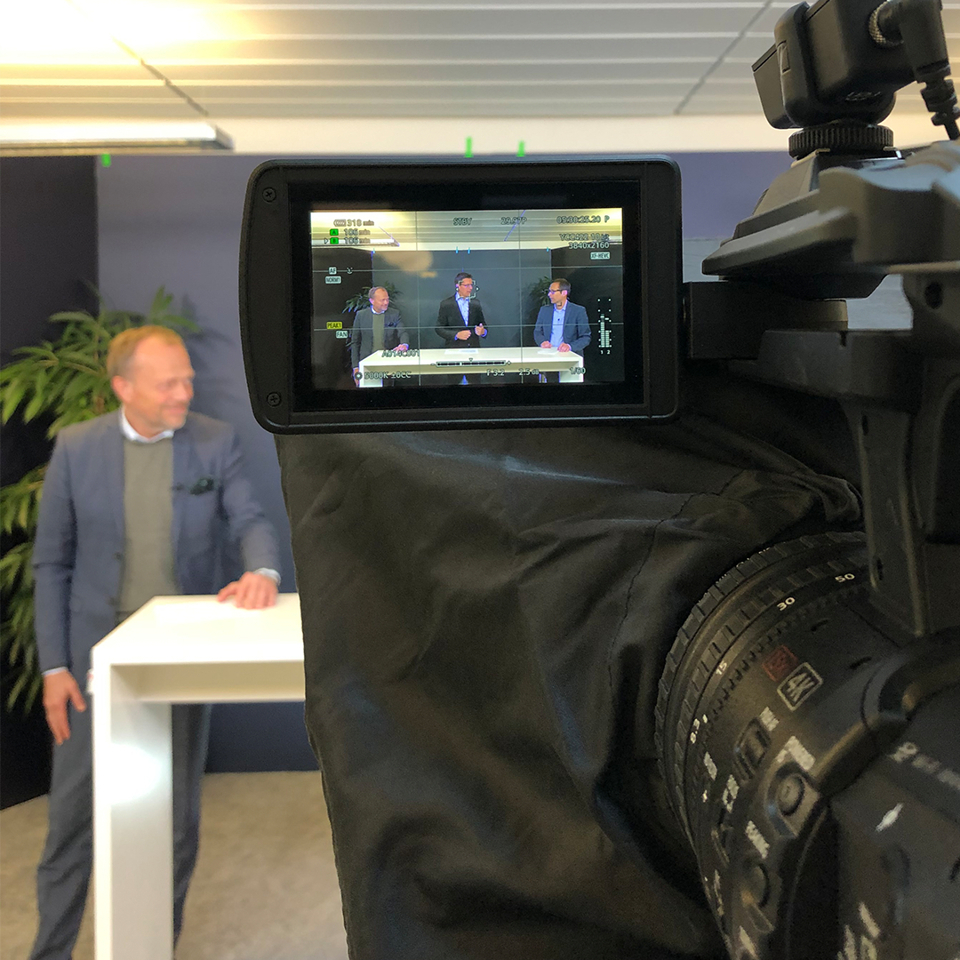2020-02-07
SOFTWARE FROM TERMA STEERS THE SOLAR ORBITER MISSION ON A COMPLEX VOYAGE TO THE SUN
The European Space Agency’s Solar Orbiter spacecraft is due for launch on Feb 10 2020 from Cape Canaveral. Terma contributed with several different activities supporting the mission.

Copenhagen, 7 February 2020– The European Space Agency’s Solar Orbiter spacecraft (SOLO) is due for launch on 10 February 2020 from Cape Canaveral in Florida on a NASA-provided Atlas V 411 launch vehicle.
The mission is essential to learn more about the Sun-Earth connection. It will provide a deeper understanding as to how activity on the Sun is linked to solar storms, which can disrupt electrical systems, satellite communications, GPS, and create higher doses of radiation for polar flights and astronauts.
Terma contributed with a number of different activities supporting the Solar Orbiter mission including the Attitude and Orbit Control System (AOCS, Real Time Simulator, Test Sequence Control, Spacecraft Control System and a team to support the European Space Operations Centre.
The contracts were secured in December 2012 (AOCS) and during 2013/14 with a total contract value of approximately MEUR 4,5.
Attitude and Orbit Control System
The largest activity was the development of the AOCS software. This is the software that steers the spacecraft on its complex voyage around our Solar System to reach its orbit position around the Sun.
Real Time Simulator
Terma developed simulation models to support Airbus – the prime contractor for the mission – in the development and testing of the spacecraft. The Real Time Simulator allows testing of certain parts of the real spacecraft before all the elements are available, and rigorous testing of the most complex parts without the need for a much more expensive and less flexible hardware replication of the complete spacecraft.
Terma also provided the Test Sequence Controller product to support the testing of all the experiments that are flying – developed by primarily European institutes.
Spacecraft Control System
Terma worked together with the Spanish company GMV to provide the spacecraft control system to the European Space Operations Centre (ESOC). This is very similar to the spacecraft control system that was developed for the BepiColombo mission, now travelling to Mercury.
Terma is also supporting the operations preparation activities at ESOC. Our staff will then continue to support the mission after launch.
Once in Space
Once launched Solar Orbiter will follow an elliptical path around the Sun, at its closest bringing it within the orbit of Mercury, just 42 million kilometers from the Sun. As such, Sun-facing parts of the spacecraft must withstand temperatures of more than 500°C – due to solar radiation thirteen times more intense than for Earth-orbiting satellites – while other parts remain in shadow at -180°C.
Once in space, and over the course of several years, it will use the gravity of Venus and Earth to raise its orbit above the poles of the Sun, providing new perspectives on our star, including the first images of the Sun's polar regions.

Image courtesy ESA

Who we are
Terma in Brief
The Denmark based high-tech Terma Group develops products and systems for defense and non-defense security applications; including command and control systems, radar systems, self-protection systems for aircraft, space technology, and aerostructures for the aircraft industry.
Learn more about us



